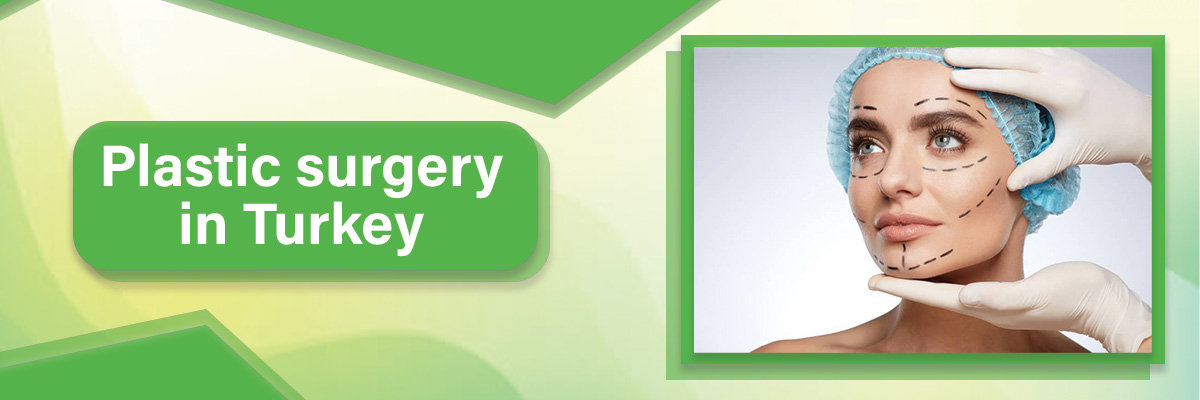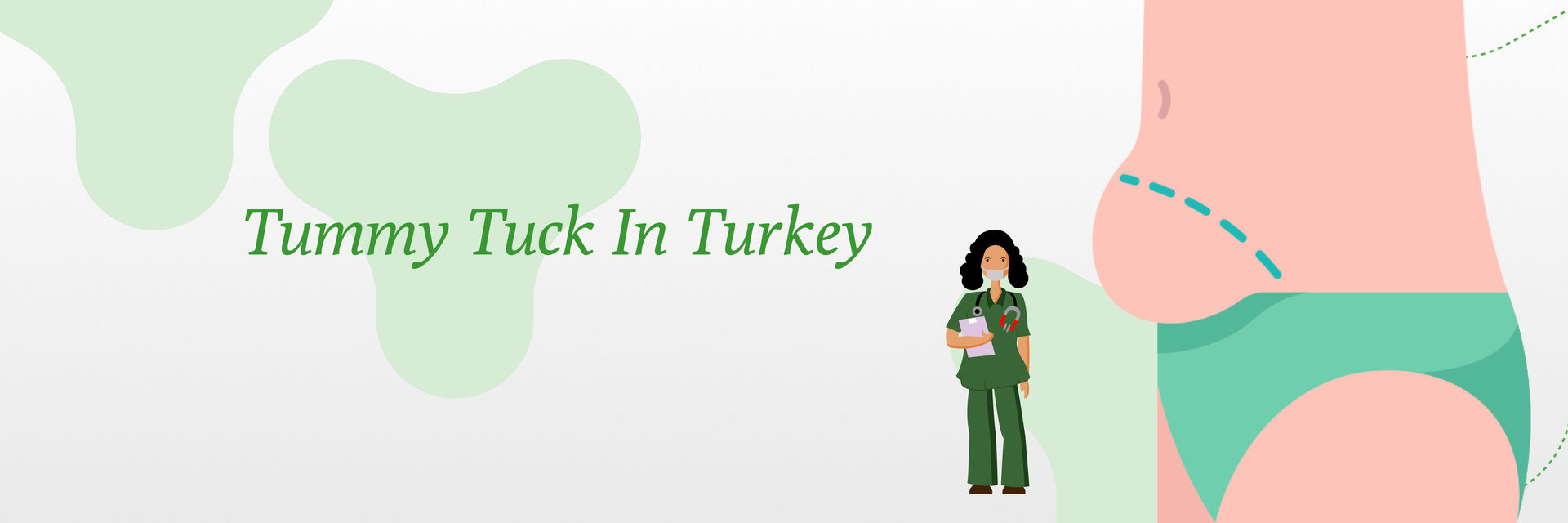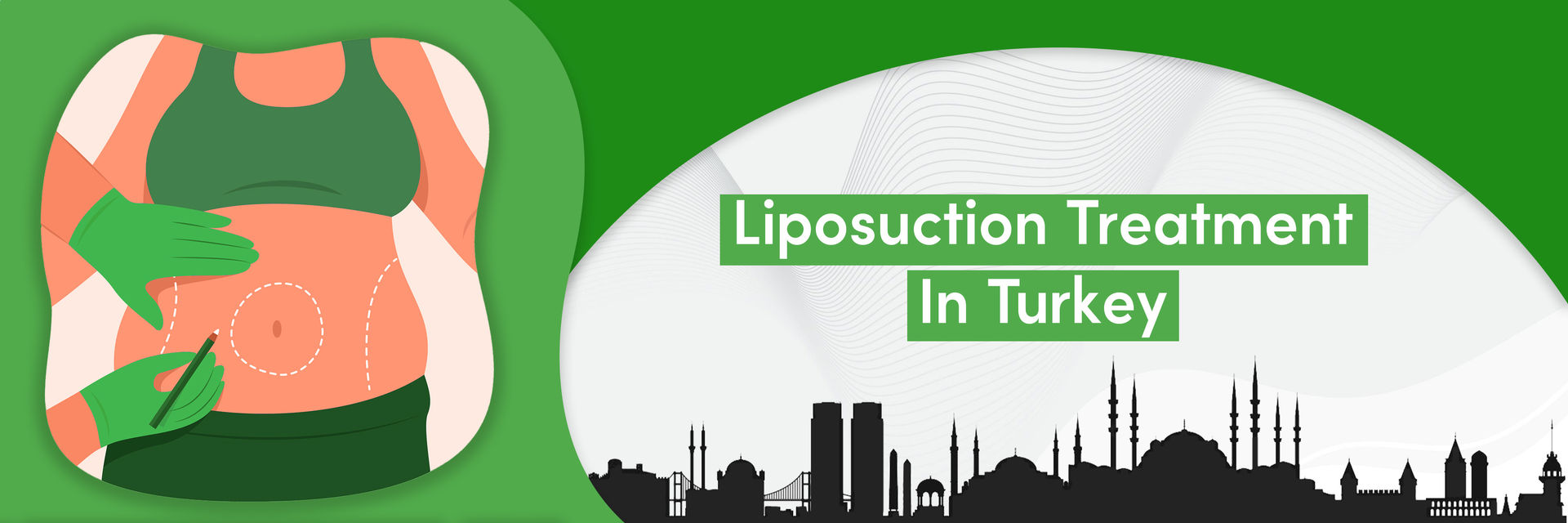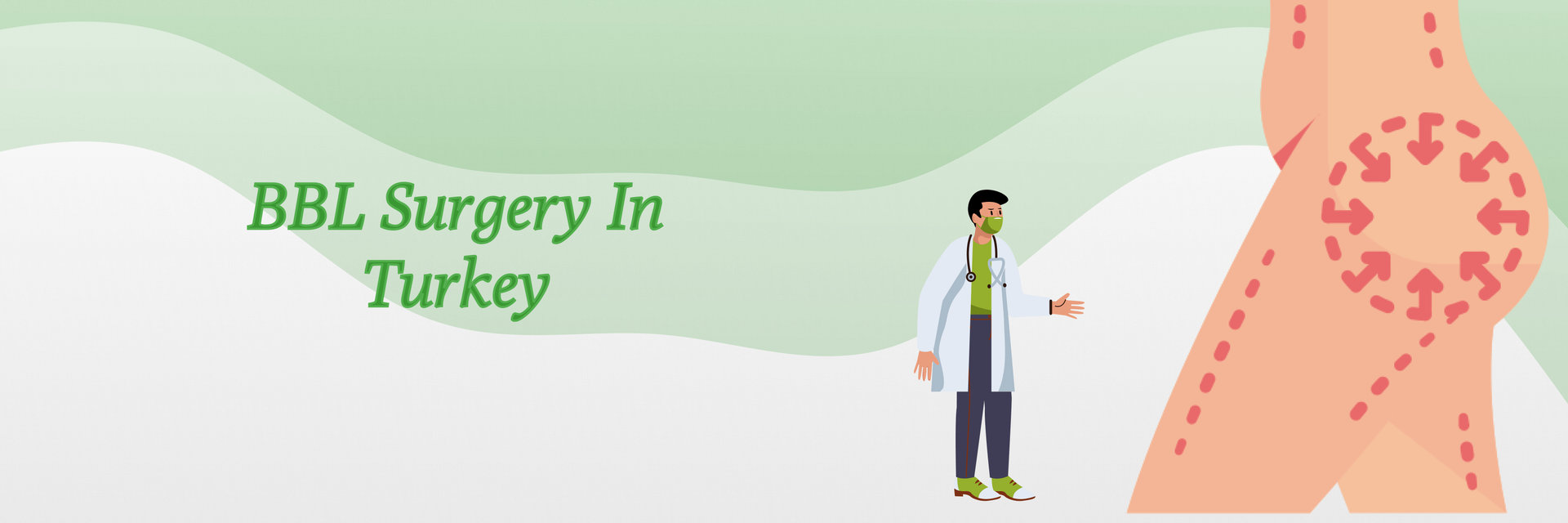Overview
Ethnic Rhinoplasty is a popular cosmetic procedure specifically designed for patients from diverse backgrounds. It not only maintains nasal features but also carries potential risks and complications. It helps achieve facial balance, improve nasal symmetry, or correct structural concerns.
Understanding ethnic rhinoplasty complications is essential before selecting a clinic or surgeon. The procedure involves anatomical considerations, such as softer cartilage, thicker skin, and different nasal structures. Awareness of these key factors helps identify possible risks.
In this article, we will explore the unique risks the patients may face and provide practical tips to overcome these issues. It also discusses avoiding scarring and pigmentation issues and questions to ask the surgeon.
What Are The Main Complications Of Ethnic Rhinoplasty?
There are many complications of ethnic rhinoplasty in Turkey just like any surgical procedure. Some of the procedural, immediate, and delayed complications are mentioned below:
Procedural Complications
During the ethnic rhinoplasty procedure, some complications may arise, though they are generally manageable with prompt medical attention. One of the most common issues is bleeding. While minor bleeding is expected during surgery, excessive bleeding can occur if blood vessels are inadvertently damaged. This can be managed by the surgeon during the procedure, but in rare cases, additional interventions may be necessary to control it.
Another potential complication is infection. Although all precautions are taken to maintain a sterile environment, infections can still occur. If an infection develops, additional procedures or a course of antibiotics may be prescribed to control the condition and ensure proper healing. It’s crucial for patients to follow post-operative care instructions carefully to minimize this risk.
Breathing problems are another concern that may arise during or after surgery. These typically occur due to nasal obstruction, internal scarring, or structural changes in the nasal passages. If the nasal passages are altered significantly during the procedure, it can sometimes result in difficulty breathing, which may require further adjustments or treatment to resolve.
Graft-related issues can also occur, particularly when tissue is harvested from areas such as the ear, ribs, or septum. In some cases, grafts may become displaced or not properly secured, which could affect the overall shape and function of the nose. If this happens, additional surgery may be necessary to reposition or replace the grafts.
Lastly, overcorrection or under correction of the nose is a possible complication. Shaping the cartilage or bone to achieve the desired aesthetic can sometimes lead to excessive removal of tissue, which can result in a nose that appears too narrow, too small, or asymmetrical. On the other hand, under correction can lead to results that don’t meet the patient’s expectations. In either case, revision surgery may be required to correct the outcome and achieve the desired nasal shape.
Unique Risks for Different Ethnic Groups
Here are unique risks for different ethnic groups. These variations can affect surgery difficulty, healing patterns, and the types of complications experienced:
Thicker skin can present challenges during ethnic rhinoplasty, particularly when it comes to healing. Patients with thicker skin may experience slower recovery times and a higher likelihood of visible scarring. Additionally, thicker skin can make it more difficult for the surgeon to achieve precise results, as the underlying structures may be less defined. Another consideration is the potential for weaker or softer cartilage support, which can affect the stability of the nose's new shape. This may require additional support through structural grafts, which can help reinforce the nasal framework and ensure better outcomes. Along with these challenges, patients with thicker skin may experience increased swelling, which can prolong the recovery process. Despite these factors, it is crucial that the surgeon ensures the final results are in harmony with the patient's natural facial features, preserving the balance and proportion of the face while achieving the desired aesthetic improvements. However, these risks do not apply to every person in an ethnic group. Thus, it reflects the anatomical variations that the surgeons at Asli Tarcan Clinic must work on to overcome these risk factors.
How Can I Minimize Risks Before Ethnic Rhinoplasty?
Ethnic rhinoplasty is performed worldwide, and while most recover quickly, every surgery carries risks. However, many steps can reduce complications and ensure satisfactory results.
- Select an experienced surgeon: Make sure you verify the credentials and ask about their cases and the focus of the procedure. Also, look out for galleries and reviews to understand different face and skin types.
- Have real expectations: Ensure that you ask real questions and discuss your goals. Moreover, bring reference photos to show what you want and not copy it. It’s not possible for the outcomes to be accurate but they appear satisfactory.
- Preparations done before surgery: The patient should tell every detail whether it’s about the history, past surgeries, current medications, and allergies. It's recommended to share about blood-thinning drugs and various supplements. Always ensure to quit smoking and omit alcohol from your life.
- Post-rhinoplasty care: Instructions that involve protecting your nose, using cold compress, and saline sprays or ointments. Also, get yourself involved in activities like walking after surgery and avoid heavy exercises for about 2-6 weeks. Take care of the hygiene, make sure that you have a proper diet and medicines on time.
What Should I Expect During Recovery?
In line with the article "Is Cosmetic Surgery Right for You?", ethnic rhinoplasty requires careful post-operative care. After surgery, a splint or bandage is placed inside and outside the nose to support the new structures. Swelling typically reduces in a few weeks, but it may take up to a year for the final nasal shape. Following proper care instructions, taking prescribed medications, and attending follow-up appointments are essential to ensure a successful recovery and optimal results.
How Can I Avoid Scarring And Pigmentation Issues?
Avoiding scarring and pigmentation issues after ethnic rhinoplasty is crucial for achieving the best results. One of the most important preventive measures is to choose an experienced surgeon, as their expertise can significantly reduce the risk of complications. Following post-operative instructions carefully is also vital, as this ensures proper healing and minimizes the chances of scarring or pigmentation changes. It's essential to cleanse and moisturize the operating sites regularly to promote healing and maintain healthy skin. Additionally, protecting your skin from sun exposure is critical, as UV rays can darken scars and affect pigmentation. Smoking and nicotine should be avoided, as they can impair the healing process and increase the risk of complications. Staying hydrated and maintaining a balanced diet also play a key role in ensuring optimal healing. Furthermore, refraining from alcohol and avoiding strenuous exercises will help prevent strain on the healing tissues, supporting a smoother and quicker recovery. By following these guidelines, you can minimize the risk of scarring and pigmentation issues, leading to a more aesthetically pleasing and long-lasting result.
What Questions Should I Ask My Surgeon About Risks?
At Asli Tarcan Clinic, patients are encouraged to ask insightful questions to ensure they fully understand the ethnic rhinoplasty procedure. These questions are crucial in helping patients make informed decisions and set realistic expectations for their surgery. Some of the key questions to ask include:
One of the most important concerns is understanding the potential risks associated with ethnic rhinoplasty. It's essential for patients to inquire about the common risks involved in the procedure, such as infection, bleeding, or adverse reactions to anesthesia. A thorough discussion of these risks ensures patients are aware of what to expect and can take necessary precautions to minimize complications.
Patients should also ask how their ethnic background might affect the surgery and any associated risks. Ethnic rhinoplasty is highly individualized, and a person's ethnic background can influence the shape and structure of the nose. Understanding how these factors may impact the procedure's success is crucial for setting realistic expectations about both aesthetic and functional outcomes.
Another important question concerns the possibility of scarring or pigmentation changes following surgery. While ethnic rhinoplasty is designed to enhance the natural features of the nose, it’s essential to understand how the skin type and surgical technique may affect healing. Patients should ask about the likelihood of visible scarring or changes in skin pigmentation, especially if they have darker skin, as this can influence the healing process and overall results.
For those concerned with the functional aspect of their nose, it's important to ask if the surgery could impact nasal function or breathing. While ethnic rhinoplasty primarily focuses on enhancing the nose’s appearance, any surgical procedure on the nose carries the risk of affecting airflow. Ensuring that the surgery doesn’t interfere with breathing or other nasal functions is a key concern that should be addressed before proceeding with the surgery.
Asymmetry and poor aesthetic results are common worries for patients undergoing any form of rhinoplasty. It’s essential to ask the surgeon how they avoid these issues and ensure symmetry and balanced aesthetic outcomes. Understanding the surgeon's techniques for creating a nose that is both functional and harmonious with the rest of the facial features is vital for achieving the desired result.
Patients should also inquire about the likelihood of needing revision surgery. While ethnic rhinoplasty is generally a safe procedure, there are instances where revisions may be necessary. Asking about the chances of revision surgery and what factors might contribute to needing additional procedures can help set expectations and plan for the long term.
The thickness of the skin and the quality of the cartilage play significant roles in determining the final outcome of the surgery. Patients should ask how these factors affect the results and what can be done to optimize them. A thorough understanding of how skin thickness and cartilage impact the procedure will help patients make more informed decisions about their surgery.
To minimize the risk of complications, patients should also ask about the precautions taken to reduce the likelihood of infection and ensure proper healing. The clinic should provide clear guidelines on post-surgical care, hygiene practices, and any medications or treatments that will help promote healing and prevent infection.
Lifestyle factors, such as smoking or pre-existing medical conditions, can impact the success of ethnic rhinoplasty. Patients should inquire about how their lifestyle choices might influence the surgery's risks and outcomes. It’s important to address any habits or conditions that could potentially interfere with the healing process or the final results of the surgery.
Lastly, it’s essential to ask what symptoms warrant immediate medical attention following surgery. In some cases, complications can arise after the procedure, and knowing when to seek medical help is vital. Patients should be informed about warning signs such as severe pain, unusual swelling, or signs of infection that could require prompt medical intervention.
By asking these critical questions, patients at Asli Tarcan Clinic can gain a deeper understanding of the ethnic rhinoplasty procedure, the risks involved, and how to ensure the best possible outcome for both cosmetic and functional results.
What Are Realistic Outcomes?
Ethnic rhinoplasty is a specialized procedure designed to enhance the natural beauty of the nose while respecting the unique ethnic features that contribute to a person’s identity. One of the primary outcomes of this procedure is the natural enhancement of the nose’s overall shape. This includes refining aspects such as the bridge height, the contour and shape of the tip, the width of the nostrils, and the symmetry of the entire nose. Rather than drastically altering the nose, ethnic rhinoplasty works to subtly improve its appearance in a way that complements the individual’s other facial features, ensuring a balanced and harmonious look.
Another important outcome of ethnic rhinoplasty is the improvement in the functional aspects of the nose. Many individuals undergo this surgery not only for cosmetic reasons but also to improve nasal airflow and address issues like nasal blockage. By correcting structural issues within the nose, the procedure can help patients breathe more easily and alleviate symptoms like congestion, providing both aesthetic and functional benefits.
Finally, with the right surgical techniques, particularly in grafting and tissue manipulation, the results of ethnic rhinoplasty can be long-lasting. The nose maintains its enhanced shape for many years, and with proper care, the changes made during the procedure remain stable over time. This longevity ensures that the patient can enjoy the benefits of a balanced, natural nose for the long term, enhancing their appearance and self-confidence for years to come.







